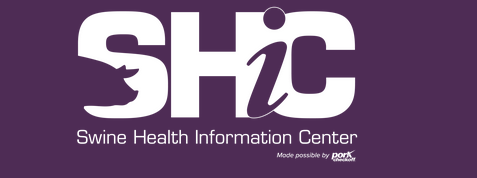

Farmscape for November 16, 2023
| Full Interview 6:23 | Listen   |
The Swine Health Information Center has expanded its domestic swine disease monitoring report to include information on Porcine Circovirus type 3. As part of its November eNewsletter the Swine Health Information Center has released its monthly domestic and global swine disease monitoring reports. SHIC Associate Director Dr. Megan Niederwerder says one of the highlights of the domestic swine disease monitoring report this month is that Porcine Circovirus type 3 was added to the swine disease reporting system.
Quote-Dr. Megan Niederwerder-Swine Health Information Center:
What was added was not only the data from this month but the historical trends from 2021, 2022 and 2023.
You can not only see the percent of prevalence across time but you can also see the percent positivity in different age groups over time. One of the interesting things about PCV3 that we see in these trends is that there’s a higher percent positivity in adult and sow age groups as opposed to wean to market pigs. One of the things in the report that was highlighted as well is that throughout 2019 to 2023 we see that 73 percent of the Porcine Circovirus type 3 positive submissions that were coming from those adult sow farms are processing fluids and so again we continue to investigate and learn about PCV3 but certainly this is a substantial advancement in our ability to monitor regional trends and identify not only associations of PCV3 with certain age groups but also compare that to PCV2 and understand the relationship between those two circoviruses.
Dr. Niederwerder says we continue to investigate the role of PCV3 in its causation of disease as well as its role in coinfections, its changes in prevalence over time and what samples are being used to detect and investigate PCV3 prevalence.
To access SHIC’s domestic and global swine disease monitoring reports visit swinehealth.org. For more visit Farmscape.Ca. Bruce Cochrane.
*Farmscape is produced on behalf of North America’s pork producers





